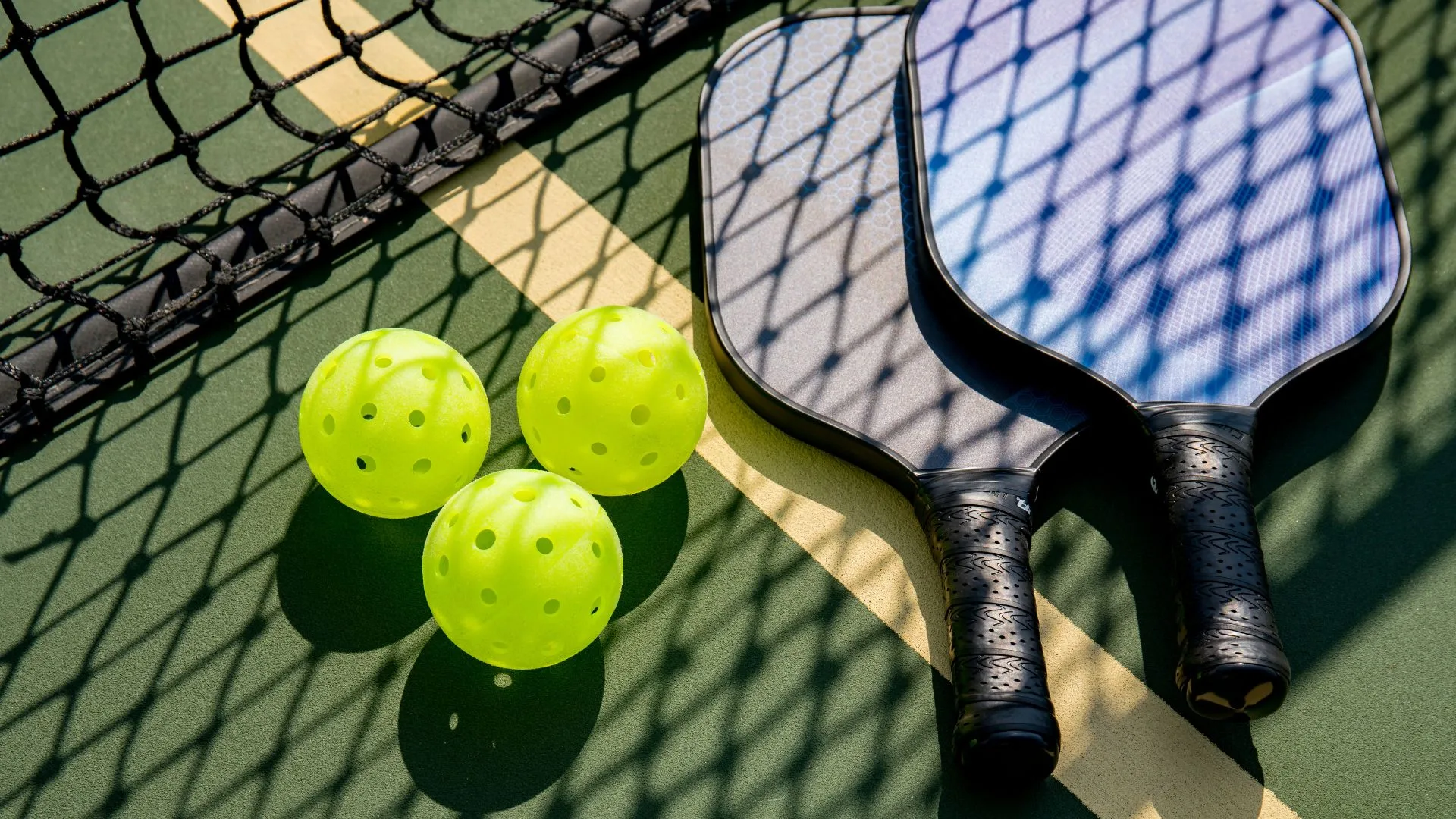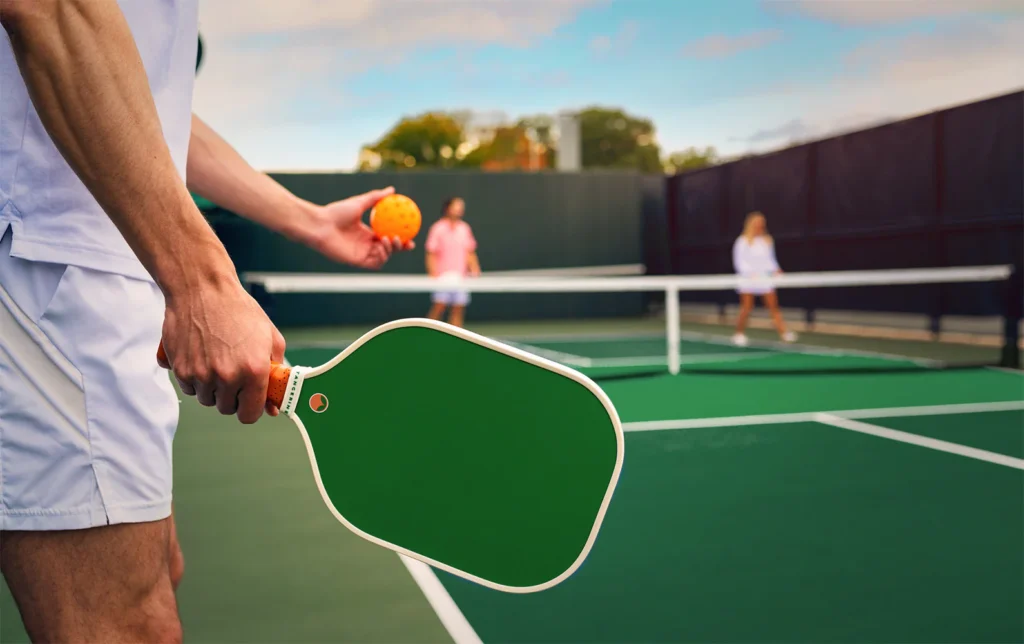
Pickleball: The Fastest-Growing Sport & Why It’s So Popular
Pickleball, a sport blending tennis, badminton, and table tennis, has rapidly gained popularity worldwide. As a result, interest in it continues to grow. With the inaugural season of India’s World Pickleball League (WPBL) starting on January 24, 2025, at Mumbai’s iconic Cricket Club of India, curiosity around this dynamic game is rising. Therefore, this blog explores what pickleball is, why it’s gaining popularity, how it differs from tennis, and, finally, the basic rules to help you begin.
What is Pickleball?
Originating in the mid-1960s in the United States, it is played on a badminton-sized court with a perforated plastic ball and solid paddles. The game can be played in singles or doubles formats, making it versatile and inclusive. Its appeal lies in its simplicity and accessibility, attracting players of all ages and skill levels.
Why is Pickleball So Popular?
Several factors contribute to pickleball’s surging popularity:
- Accessibility: The game’s straightforward rules and minimal equipment requirements make it easy for beginners to pick up.
- Social Interaction: It fosters a sense of community, encouraging social engagement among players.
- Health Benefits: It offers cardiovascular exercise, improves flexibility, and enhances balance.
- Low Impact: The game is gentle on the joints, making it suitable for older adults or those seeking a less strenuous activity.
How is Pickleball Different from Tennis?
While pickleball and tennis share similarities, key differences set them apart:
- Court Size: A standard pickleball court measures 44 feet in length and 20 feet in width. It is smaller than a tennis court, which is 78 feet long and 36 feet wide for doubles matches.
- Equipment: Tennis uses stringed rackets and pressurized rubber balls. Pickleball uses solid paddles and a plastic ball with holes, resembling a wiffle ball.
- Serving Technique: Tennis serves are typically overhand, while pickleball requires an underhand serve, with the ball struck below the waist.
- Gameplay Pace: The smaller court and unique equipment in pickleball emphasize placement and strategy over power, leading to longer rallies.

How to Play Pickleball
Playing pickleball involves the following basic steps:
- Serving: The player must execute the serve underhand, making sure the paddle contacts the ball below the waist. The server directs the ball diagonally to the opponent’s service court.
- Double Bounce Rule: After the serve, the ball must bounce once on the receiver’s side. Once on the server’s side before players can hit volleys.
- Volleying: Once the initial bounces occur, players may volley the ball (hit it before it bounces), but they must avoid doing so while standing in the non-volley zone, often called the “kitchen.”
- Scoring: Only the serving team scores points. Teams typically play games to 11 points, and one must win by at least two points.
Read More: Best Astrologer in India: Meet the Top 10 Experts Known for Accurate Guidance
Basic Rules of Pickleball
- Non-Volley Zone (“Kitchen”): This seven-foot area on either side of the net prohibits players from volleying within it, preventing dominant net play.
- Faults: Faults occur when a serve doesn’t land in the correct service court, the ball is hit out of bounds, the ball doesn’t clear the net, or a player volleys in the non-volley zone.
- Serving Sequence: In doubles, each player on a team serves before the serve passes to the opposing team, except at the start of the game, where only one partner serves.
The World Pickleball League is bringing this exciting sport to the forefront in India. Now is the perfect time to explore pickleball. Whether you’re seeking a new way to stay active or looking for a social activity, pickleball is a great choice. The game is gaining popularity and offers a fun, inclusive experience for everyone.
Also Read: Yuvraj Singh Biopic: Who Could Play the Iconic Cricketer?